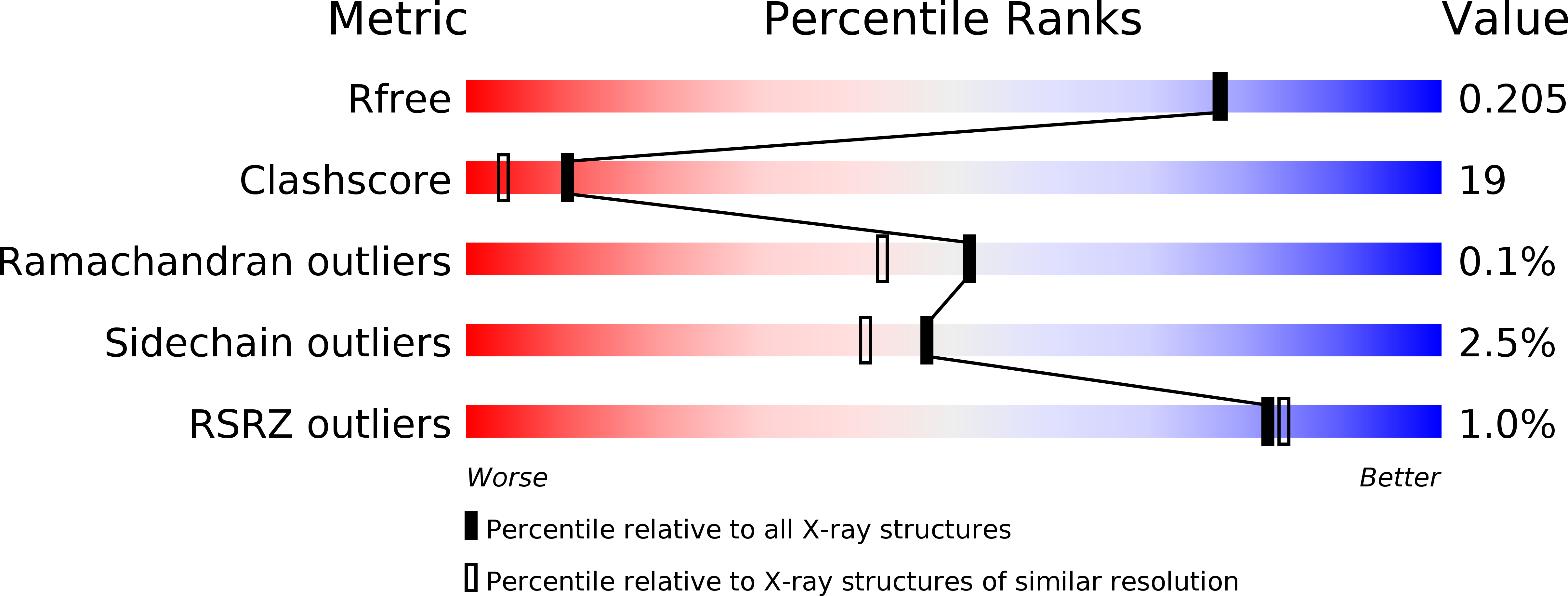
Deposition Date
2003-11-07
Release Date
2004-11-07
Last Version Date
2024-12-25
Entry Detail
PDB ID:
1V40
Keywords:
Title:
First Inhibitor Complex Structure of Human Hematopoietic Prostaglandin D Synthase
Biological Source:
Source Organism:
Homo sapiens (Taxon ID: 9606)
Host Organism:
Method Details:
Experimental Method:
Resolution:
1.90 Å
R-Value Free:
0.21
R-Value Work:
0.19
R-Value Observed:
0.19
Space Group:
P 1


